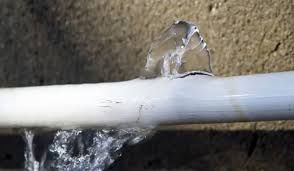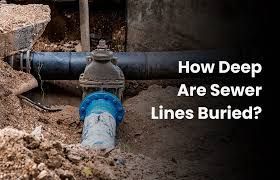How to Choose the Right Sump Pump for Your Home
When it comes to safeguarding your home from flooding and water damage, a reliable sump pump is an essential investment. With so many options available, choosing the right sump pump can feel overwhelming. Factors like pump type, capacity, material, and additional features play a significant role in determining the best fit for your home. This guide will walk you through everything you need to know to make an informed decision.
"The Cost of Sump Pump Repair vs. Replacement"
Understanding the Role of a Sump Pump
A sump pump is designed to remove water accumulated in a sump pit, typically found in a basement or crawlspace. Its primary purpose is to prevent flooding and manage water intrusion during heavy rainfall or rising groundwater levels. Choosing the right pump ensures your home stays dry, safe, and free of water-related damage.
Factors to Consider When Choosing a Sump Pump
1. Type of Sump Pump
- Submersible Sump Pumps: Installed underwater in the sump pit, they are quieter and ideal for large volumes of water.
- Pedestal Sump Pumps: Positioned above the pit, they are easier to maintain but can be noisier.
How to Choose:
- If your sump pit is deep or prone to heavy water inflow, a submersible pump might be the best choice.
- For smaller pits or ease of access, a pedestal pump could work better.
2. Pump Capacity and Horsepower
- Sump pump power ranges from 1/4 HP to 1 HP.
- The higher the horsepower, the more water it can move quickly.
Considerations:
- A 1/3 HP pump is sufficient for most residential basements.
- For areas with frequent heavy rainfall or flooding, opt for a 1/2 HP or higher model.
3. Material Durability
- Thermoplastic Sump Pumps: Affordable and lightweight, but may not last as long.
- Cast Iron Sump Pumps: More durable and better at dissipating heat, making them ideal for long-term use.
Pro Tip: For long-lasting performance, choose a pump with cast iron construction.
4. Backup Systems
- A battery backup ensures the pump runs during power outages.
- A water-powered backup uses your home’s water supply to keep the pump operational.
Why It Matters: During severe storms, power outages are common. Having a backup system can save your home from flooding.
5. Switch Types
- Float Switch: Activates the pump when water reaches a certain level.
- Electronic Switch: Offers more precision but may require more maintenance.
Choosing the Right Switch: Opt for a reliable float switch for fewer malfunctions.
Sizing the Sump Pump to Your Needs
To determine the right pump size:
- Measure the sump pit dimensions and calculate the expected water volume.
- Understand the pump’s capacity in gallons per hour (GPH).
- Consider your region's rainfall intensity and groundwater levels.
Additional Features to Look For
- Alarm Systems: Alerts you when water levels rise unexpectedly.
- Energy Efficiency: Choose models with high-efficiency ratings to save on electricity bills.
- Anti-Clogging Features: Look for a pump with a screened intake to prevent debris from causing blockages.
Top Sump Pump Brands to Consider
| Brand | Key Features | Best For |
| Zoeller | Durable cast iron, high reliability | Long-term residential use |
| Wayne | Energy-efficient, quiet operation | Energy-conscious buyers |
| Superior Pump | Affordable, easy installation | Budget-friendly options |
When to Replace Your Sump Pump
- Frequent breakdowns or repairs.
- Reduced efficiency in pumping water.
- The pump is over seven years old.
Conclusion
Choosing the right sump pump is critical to protecting your home from water damage. By understanding your home’s unique needs and evaluating key factors like type, capacity, and durability, you can invest in a sump pump that offers reliable performance for years to come. Don’t hesitate to consult professionals for advice or installation to ensure maximum efficiency and peace of mind.
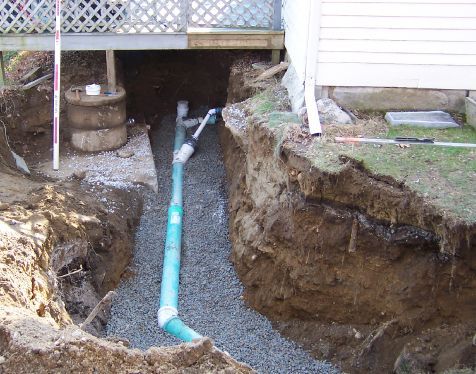
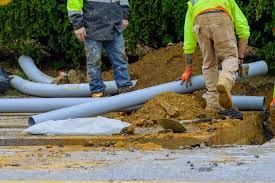
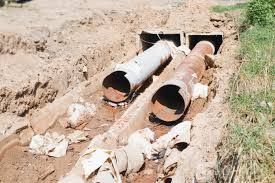
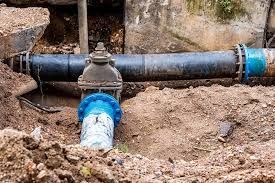

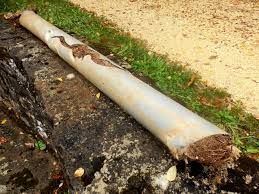
CONTACT INFORMATION
Office:
855-266-7682
Email:
service@AllCityPlumbers.com
Address: 6694 Oak Ridge Commerce Way, Austell, GA 30168
Business Hours:
Mon - Sun 24 Hours
OUR SERVICES
© 2022 All Rights Reserved|All City Plumbers Privacy Policy | Terms & Conditions | Sitemap

